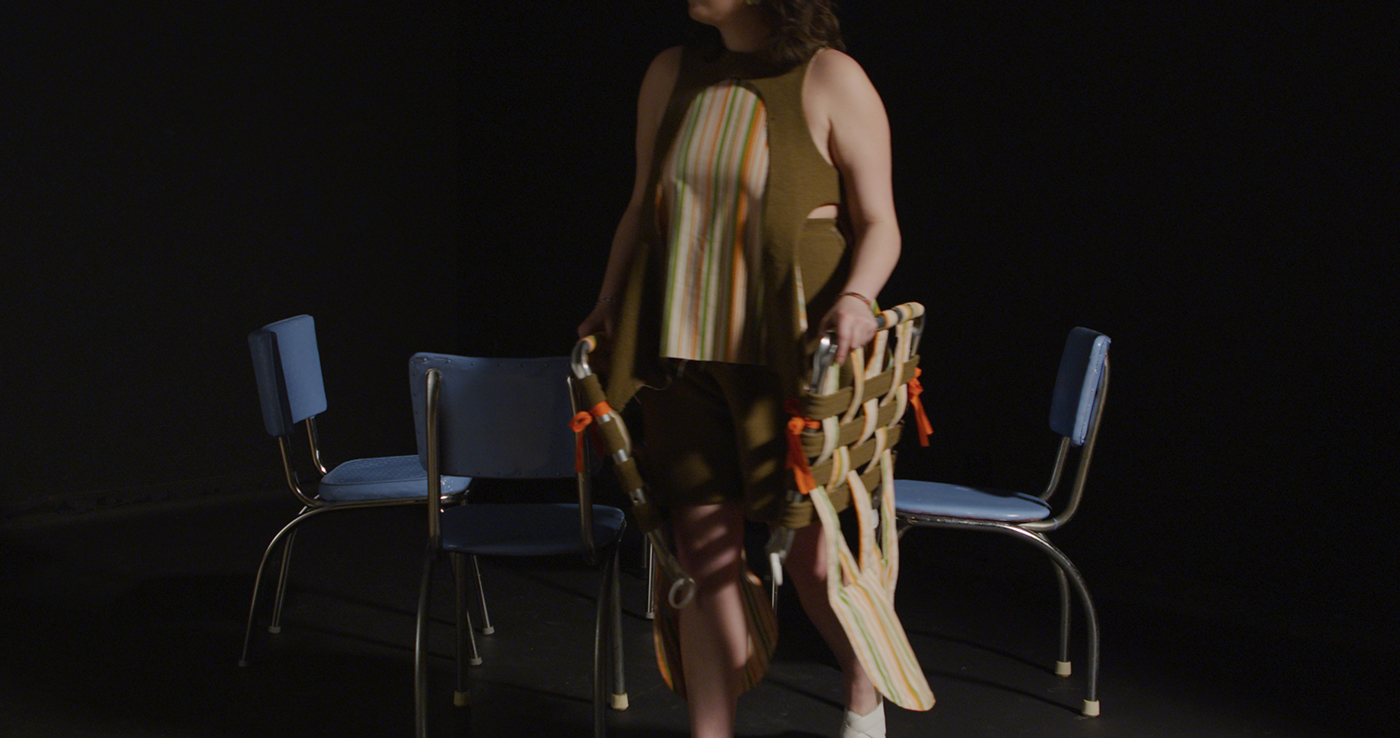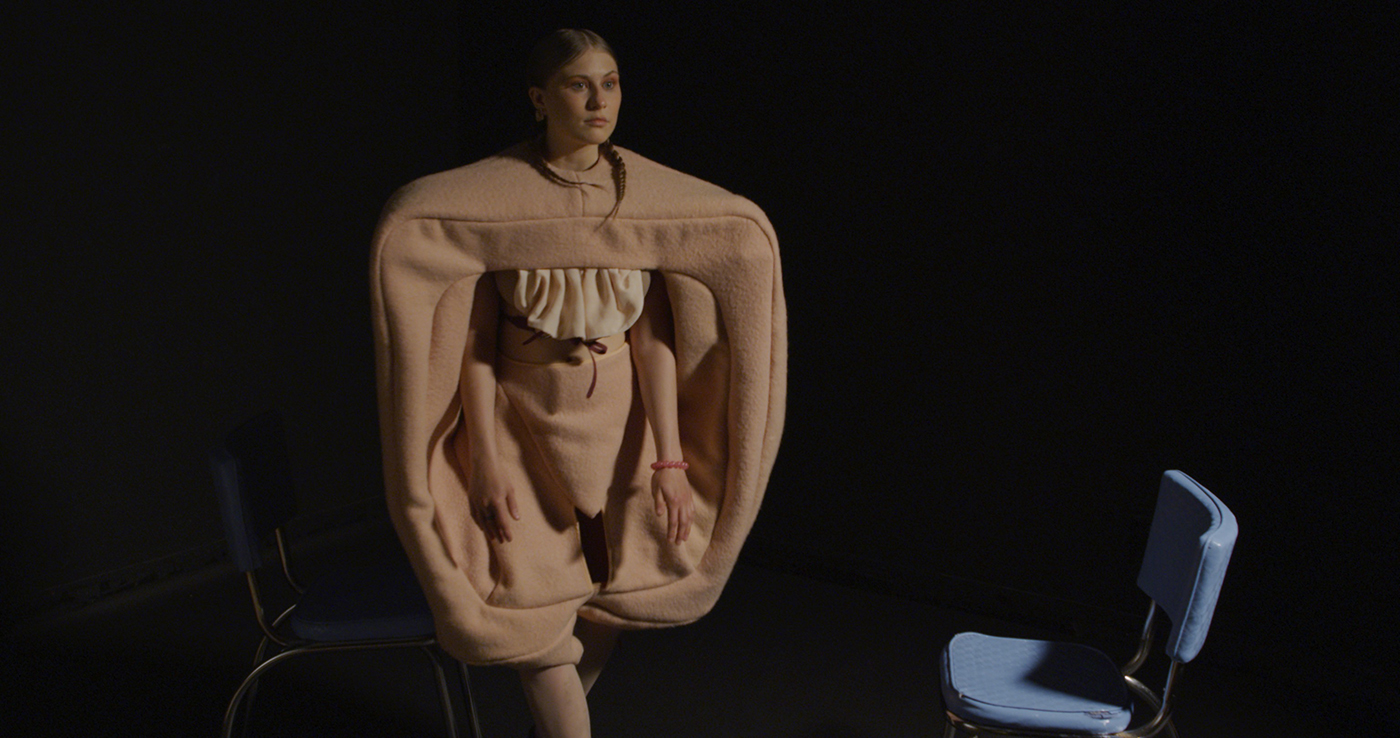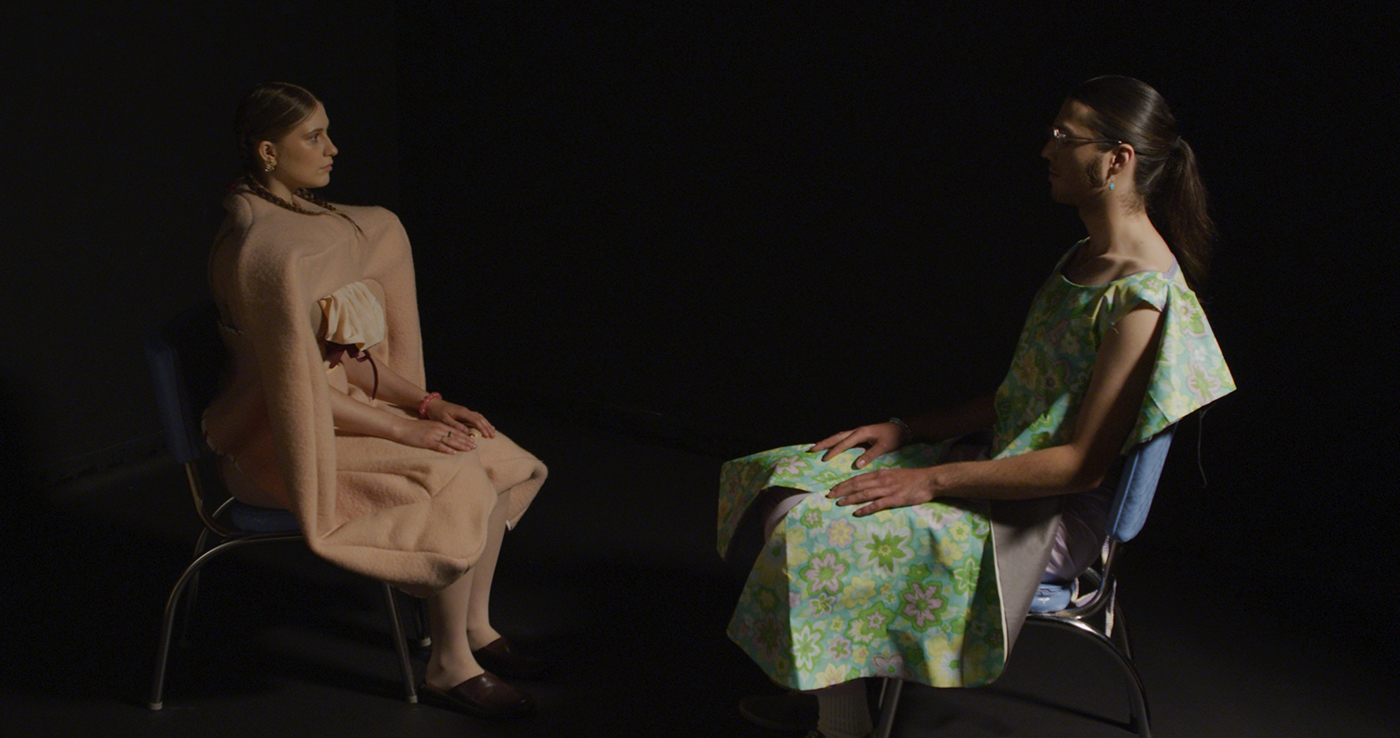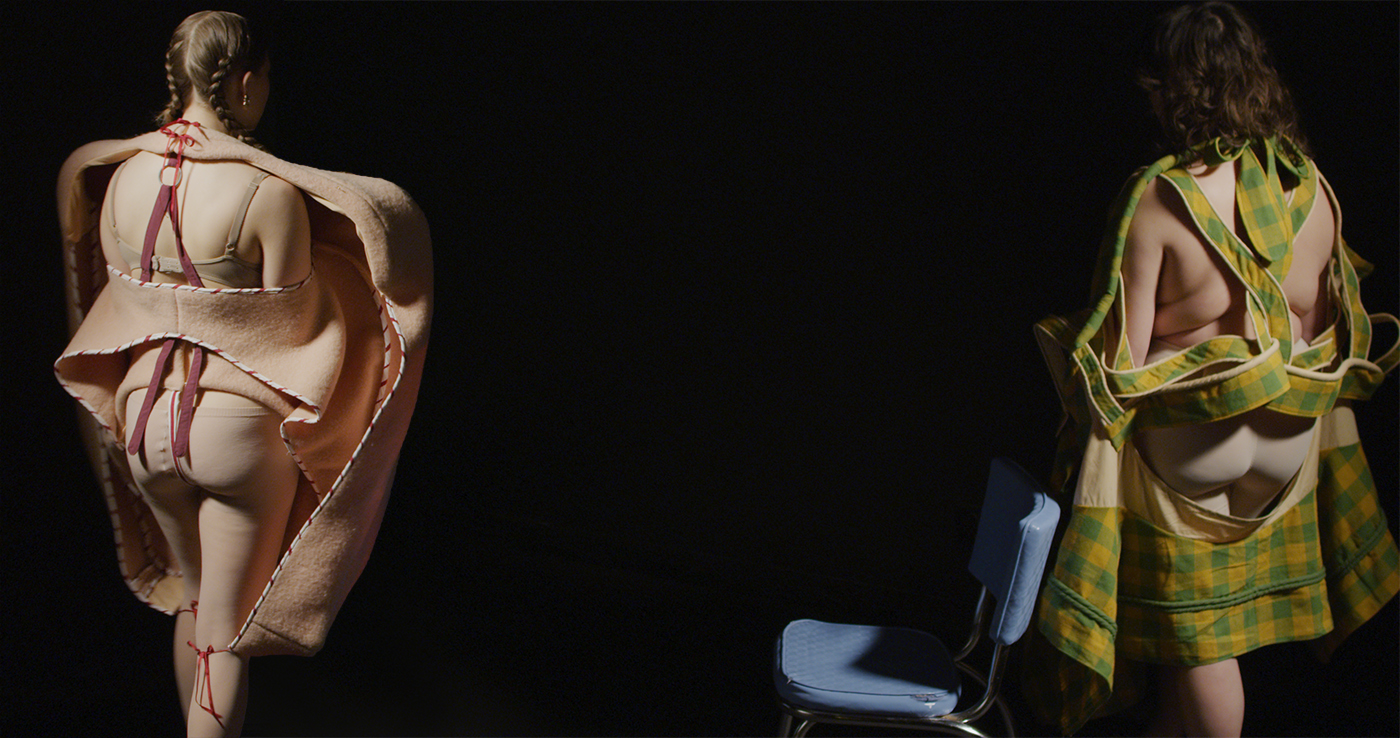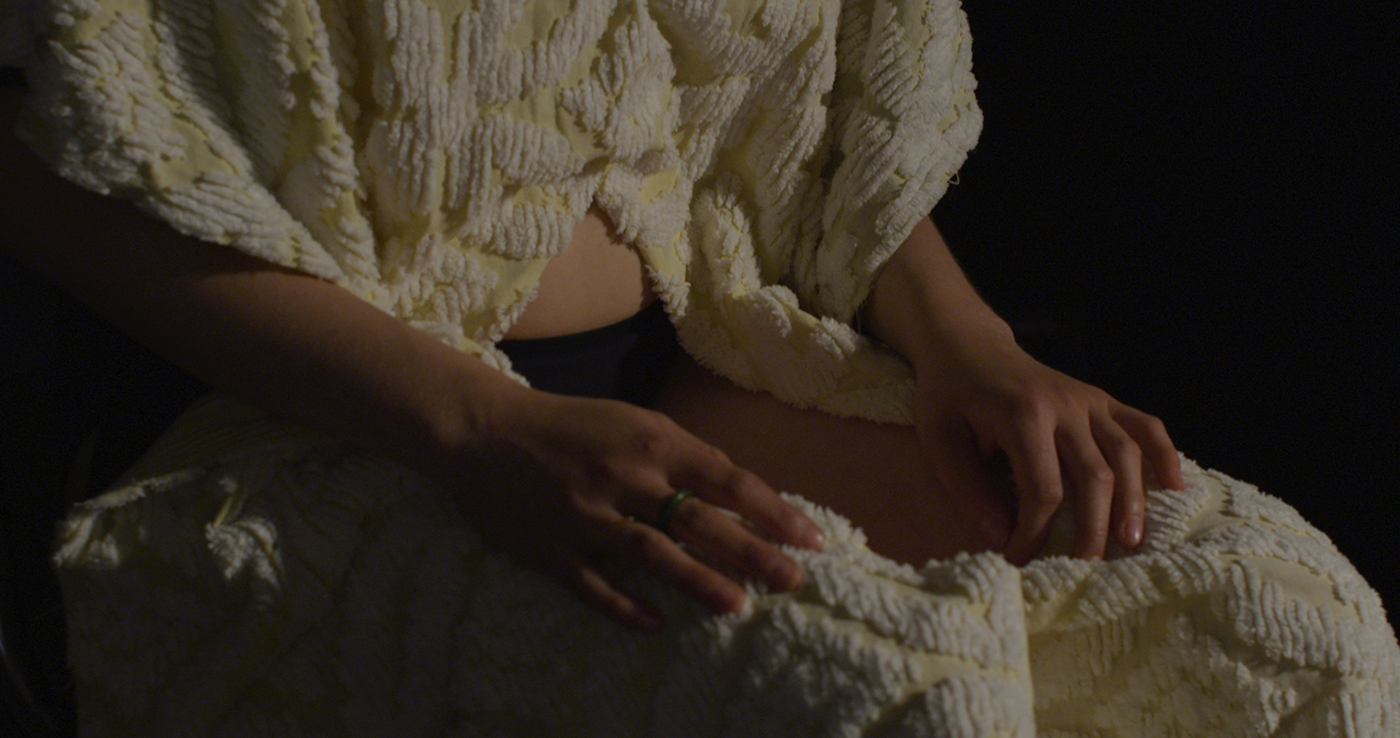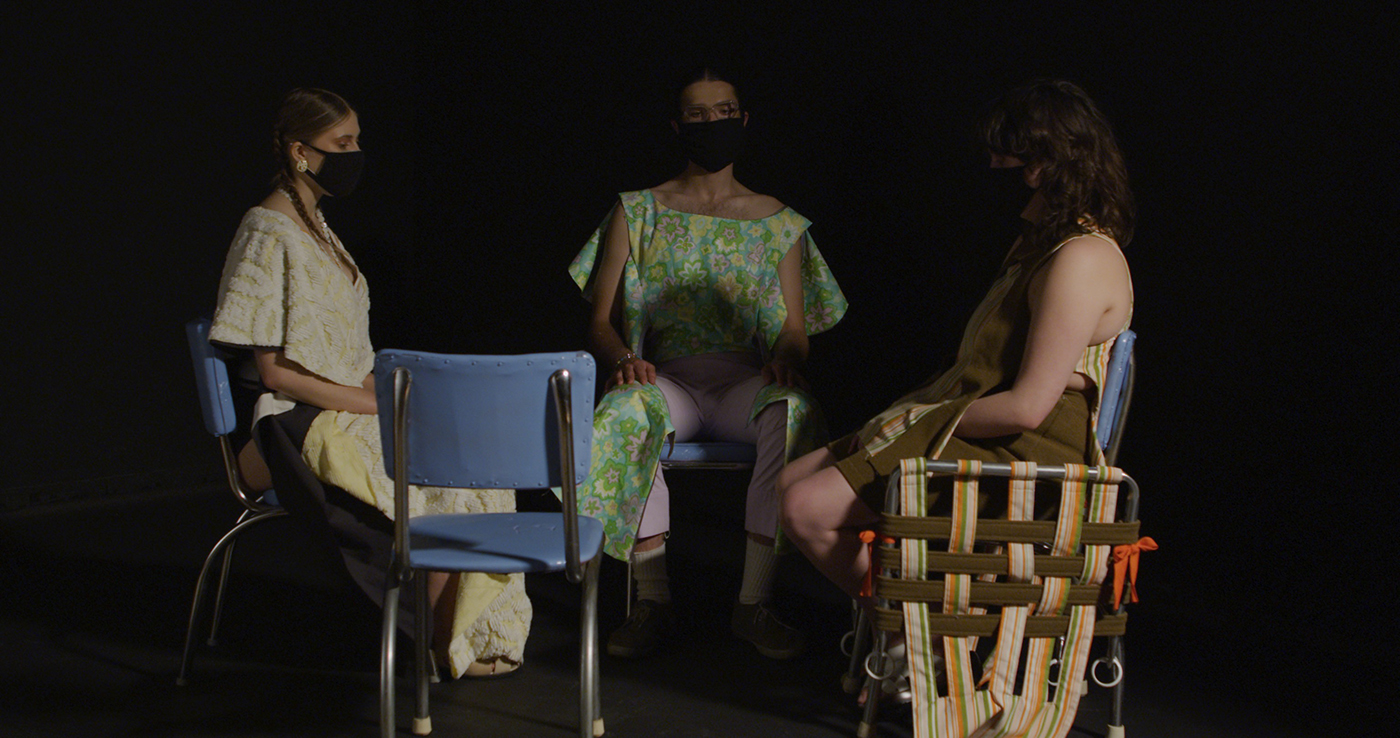Concept Statement: The suburban American home of the 50s and 60s models an ideal family in its literal and symbolic structure. The walls and internal structures secure the family. These homes are a grounds for interaction and the containers of memory. There are thousands of instances of the same sink, couch, table, or home textile but each holds specific meaning to the individuals who interact with it. The particularities of the house thus become an intimate part of the family, even though they are mass produced. This intimacy with objects sits along side the alienation of queerness within the hegemony of hetero-norms of the suburbs–the connection with objects becomes a tempting stand in for happiness. By investing in the objects representative of familial happiness, there is hope that this alienation can be overcome; a sense of security is found in abundance.

